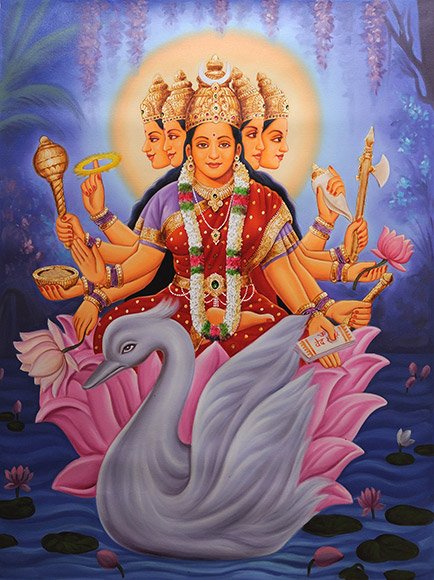Narkuta, Narkuṭa: 4 definitions
Introduction:
Narkuta means something in Hinduism, Sanskrit. If you want to know the exact meaning, history, etymology or English translation of this term then check out the descriptions on this page. Add your comment or reference to a book if you want to contribute to this summary article.
In Hinduism
Chandas (prosody, study of Sanskrit metres)
Source: Shodhganga: a concise history of Sanskrit Chanda literature1) Narkuṭa (नर्कुट) refers to one of the 27 metres mentioned in the Suvṛttatilaka ascribed to Kṣemendra (11th century). The Suvṛttatilaka is a monumental work of Sanskrit prosody considered as unique in its nature. In this work Kṣemendra neither introduces any new metre nor discusses all the metres used in his time. He discusses 27 popular metres (e.g., Narkuṭa) which were used frequently by the poets.
2) Narkuṭa (नर्कुट) is the name of a Sanskrit metre (chandas) (according to Jayadeva) to which Hemacandra (1088-1173 C.E.) assigned the alternative name of Avitatha in his auto-commentary on the second chapter of the Chandonuśāsana. Hemacandra gives these alternative names for the metres by other authorities (like Bharata), even though the number of gaṇas or letters do not differ.

Chandas (छन्दस्) refers to Sanskrit prosody and represents one of the six Vedangas (auxiliary disciplines belonging to the study of the Vedas). The science of prosody (chandas-shastra) focusses on the study of the poetic meters such as the commonly known twenty-six metres mentioned by Pingalas.
Languages of India and abroad
Sanskrit dictionary
Source: Cologne Digital Sanskrit Dictionaries: Monier-Williams Sanskrit-English DictionaryNarkuṭa (नर्कुट):—[from narka] n. idem, [ib.] (cf. nakuṭa)
[Sanskrit to German]
Sanskrit, also spelled संस्कृतम् (saṃskṛtam), is an ancient language of India commonly seen as the grandmother of the Indo-European language family (even English!). Closely allied with Prakrit and Pali, Sanskrit is more exhaustive in both grammar and terms and has the most extensive collection of literature in the world, greatly surpassing its sister-languages Greek and Latin.
See also (Relevant definitions)
Starts with: Narkutaka.
Relevant text
Search found 2 books and stories containing Narkuta, Narkuṭa, Nārkuṭa; (plurals include: Narkutas, Narkuṭas, Nārkuṭas). You can also click to the full overview containing English textual excerpts. Below are direct links for the most relevant articles:
Gati in Theory and Practice (by Dr. Sujatha Mohan)
Gati performed in Lāsyāṅgas < [Chapter 3 - Application of gati in Dṛśya-kāvyas]
Natyashastra (English) (by Bharata-muni)